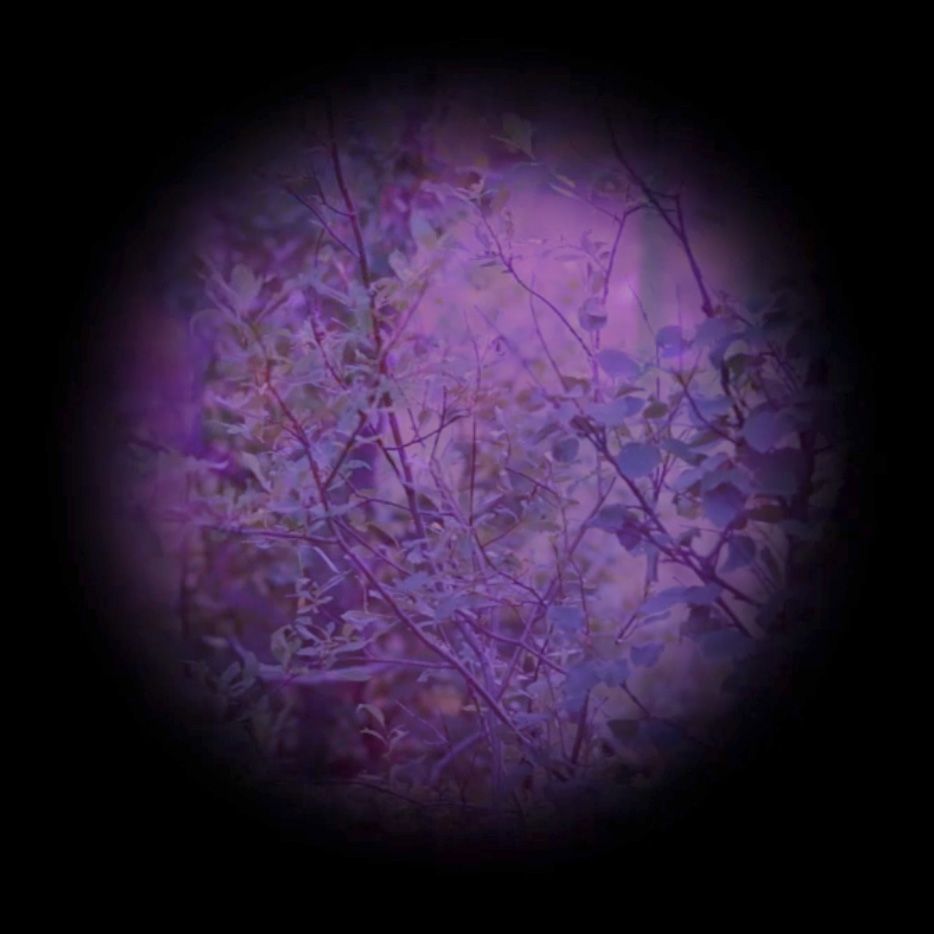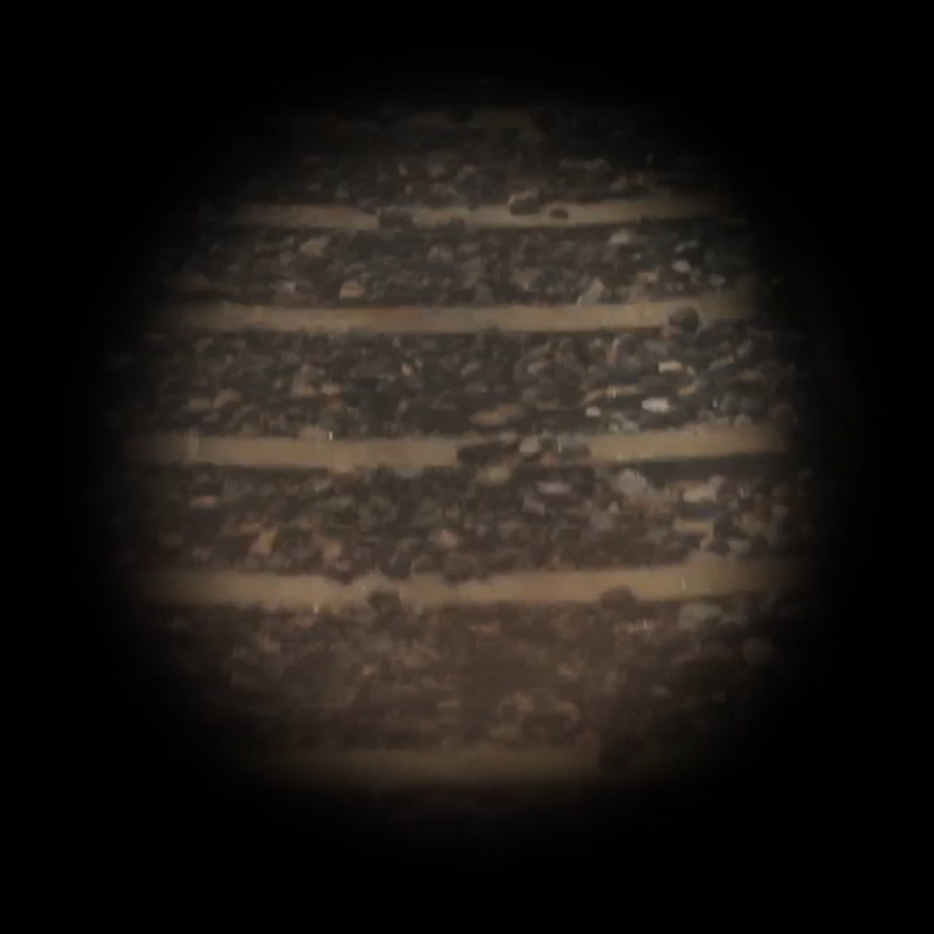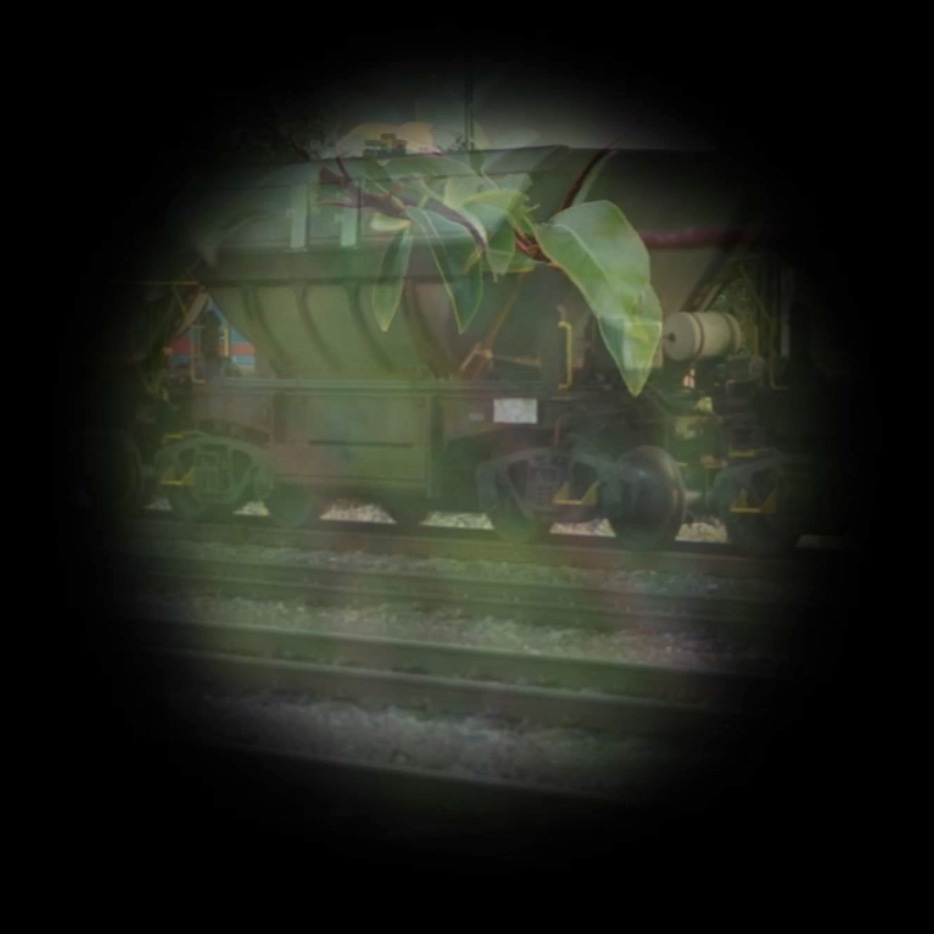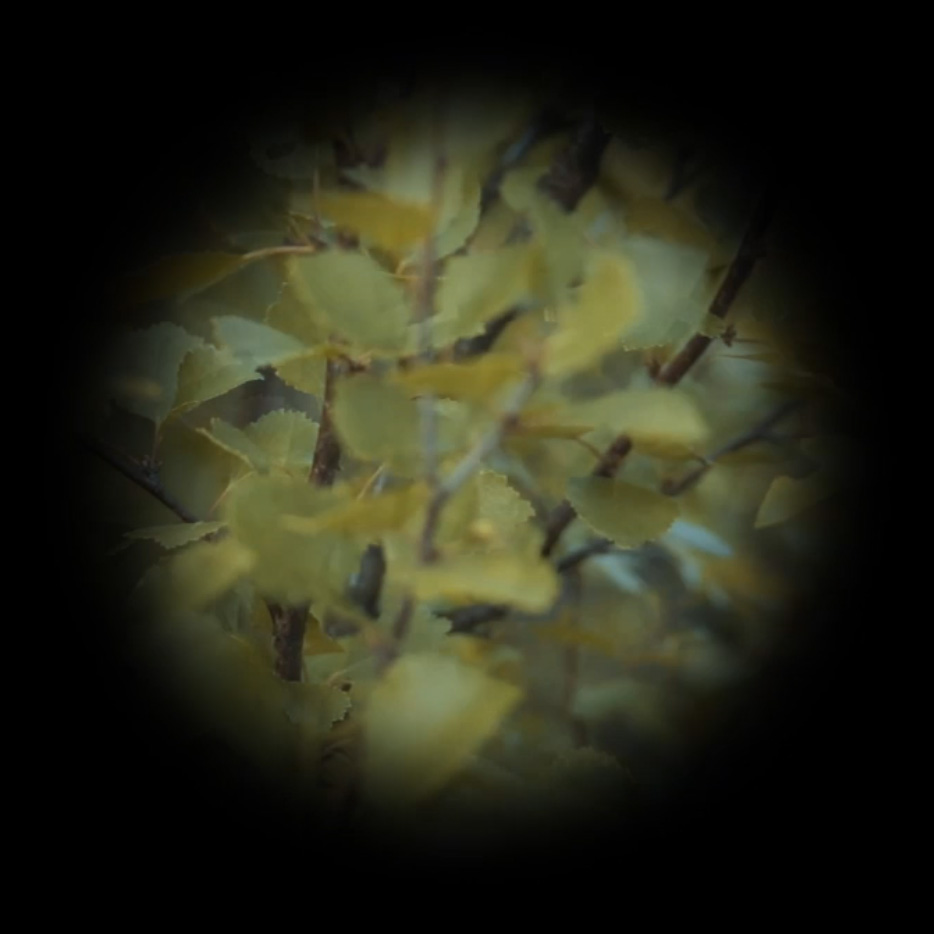Unsound Landscapes, Beastly Soundscapes (2021)
How does sound—and the practice of soundscape composition—participate in the establishment of boundaries between humans and animals? Can soundscapes be composed with non-human listeners in mind, with animals as their primary audience?
This audio-visual essay explores these questions by focusing on the impact of railway infrastructure on more-than-human worlds. Specifically, it examines a relatively obscure yet striking invention known as the UOZ-1, or Animal Protection Device. Developed by the Polish company NEEL, the UOZ-1 consists of a series of loudspeakers installed along railway lines. Its purpose is to create a sonic boundary that deters forest animals from crossing the tracks. While ostensibly aimed at protecting animals from fatal collisions with trains, this acoustic barrier simultaneously—and perhaps primarily—serves to protect human infrastructure and reinforce its dominance over the environment.
The device activates a carefully crafted soundscape composition—an unsettling collage of animal distress calls—whenever a train approaches a specific forested area. This invention becomes a point of departure for discussing how sound acts as a vector of power, and how “beastliness” might be understood when we shift our focus toward the sonic dynamics that mediate human-animal relations.
The project also foregrounds the work of Simona Kossak, a forest biologist and professor who passed away 14 years ago. Kossak spent most of her life living in the Białowieża Forest, dedicating herself to understanding the psychology of wild animals. Her research was instrumental in developing the concept of "key stimuli simulation"—a method later employed in crafting the warning sounds used by the UOZ-1. Kossak’s contributions can be seen as pioneering within the field of acoustic ecology, particularly in this region of Europe. Moreover, her work invites us to reconsider conventional definitions of soundscape and soundscape composition, especially when we begin to challenge the assumed boundaries between culture and nature.
The piece was commissioned as an audio paper for Glissando, a Polish magazine dedicated to contemporary music and sound art.
It was featured among others in an issue dedicated to rethinking Acoustic Ecology.
Original version, entitled "Soundscape as a border. On Acoustic Boundaries, the Theatre for Animals and Simona Kossak" (in Polish only), can be listened
here
On September 10, 2021, the piece was presented as an audio/video essay in collaboration with Girilal Baars
at Beastly Landscapes Symposium organized by Newcastle University Institute for Creative Arts.



